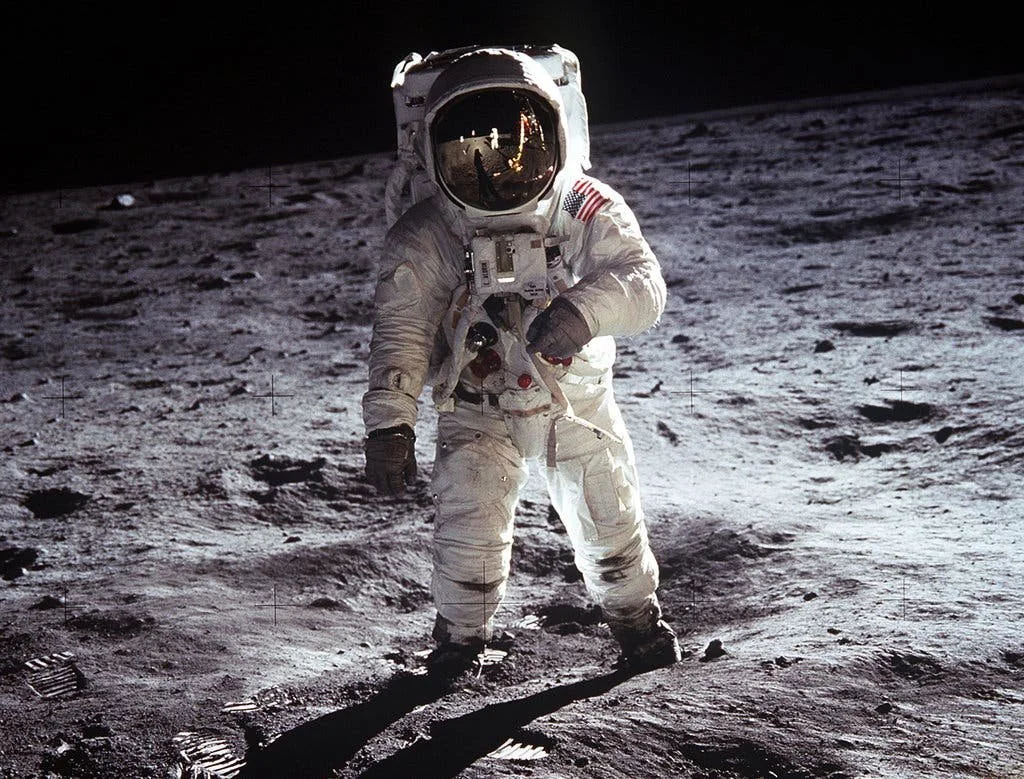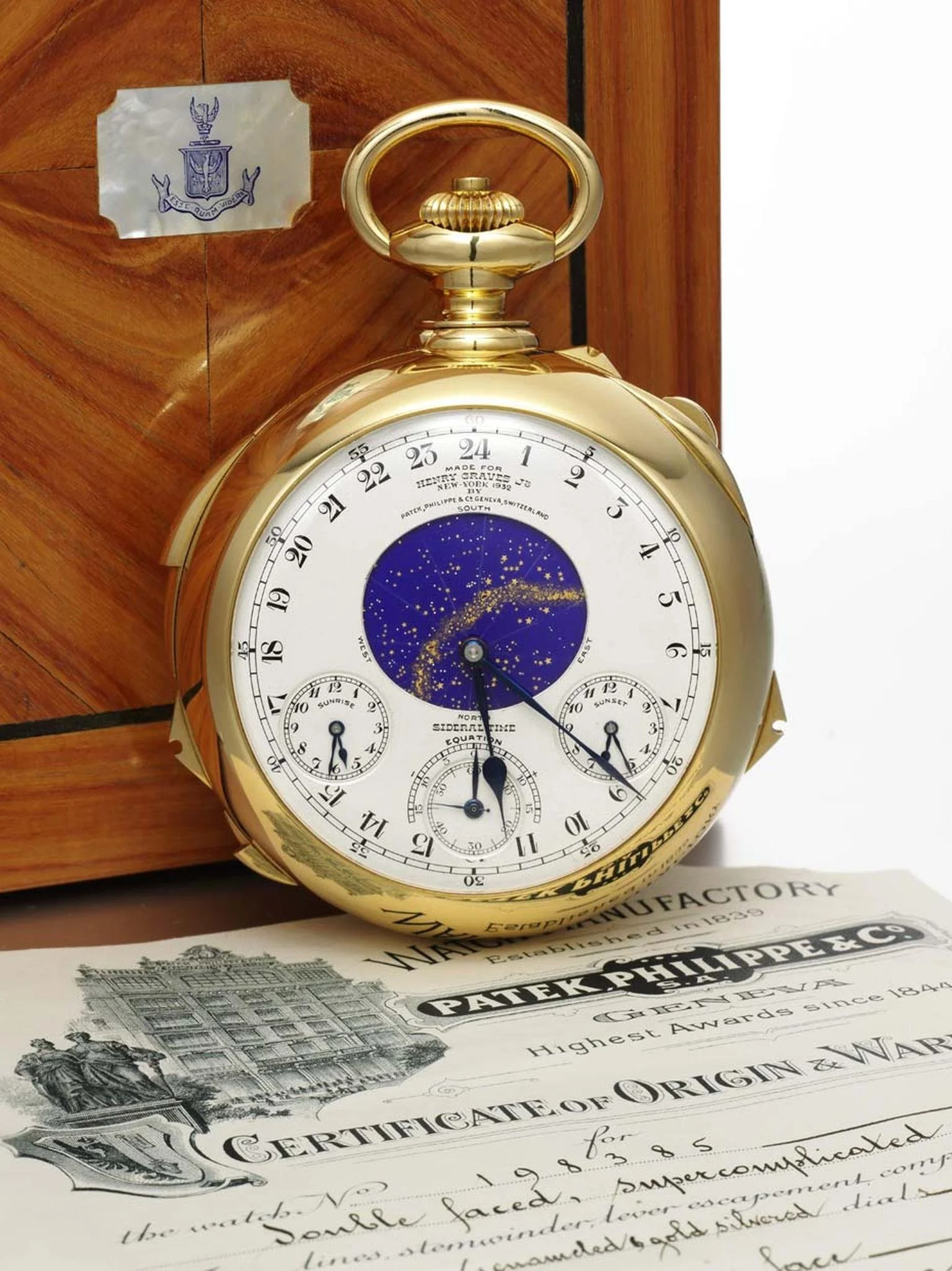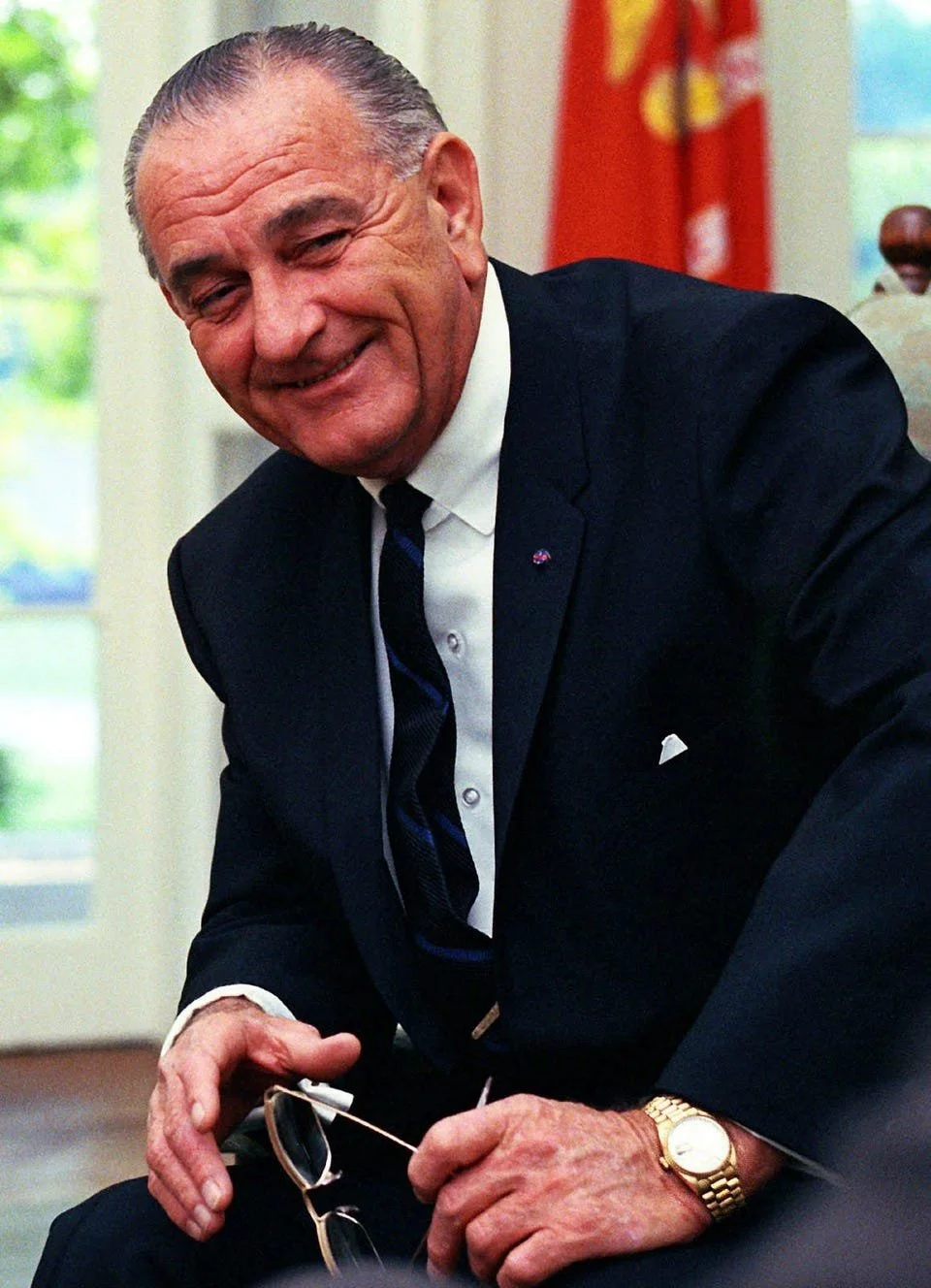From Buzz Aldrin’s Speedmaster to President LBJ’s ‘President’, the watches we’re still searching for.
The inspiration for this article came from a recent episode of Significant Lots, our weekly podcast discussing all things watches, where we talked about history’s great “missing watches” that we’d be most excited to find.
Separately, one of my favorite vintage Hodinkee articles is on “12 of the greatest missing watches.” That article was written in 2014, and it’s cool to see how a few of those “lost” watches have since been found — for example, Paul Newman’s Newman Daytona and Marlon Brando’s GMT-Master from Apocalypse Now.
So, there’s hope that some of these watches might yet be found. Let’s take a look at some of history’s most important watches that are still missing.
J.P. Morgan Super Complication Pocket Watch
The JP Morgan Super Complication Pocket Watch from J Player & Sons
This is the pocket watch that spurred our discussion of “missing watches” on Significant Lots. The L.A. Times published an exciting article detailing one journalist’s hunt for a mysterious pocket watch commissioned by JP Morgan in the early 1900s. The L.A. Times writes:
“The double-sided pocket watch had a map of the heavens on one of its two dials, an intricate display whose complexity nodded to the mechanical masterpiece ticking within the solid-gold case.
It told time, of course, but it could also chart the sunrise and sunset, the phases of the moon, the path of constellations, the signs of the Zodiac, and track equinoxes, solstices and the declination of the sun.
The watch's creation 112 years ago must have seemed like a bit of alchemy -- and operating it a brush with magic. Impressive as its features were, the 1.75-pound watch may be just as notable for whom it was believed to be made: John Pierpont Morgan.
Around 1905, the Gilded Age tycoon commissioned the English firm J. Player & Son to create the timepiece, people familiar with the watch have asserted over the decades. It cost 1,000 pounds -- or about $5,000 at the time -- and took four years to make.
But by the 1970s, this complicated and historically important pocket watch commissioned by J.P. Morgan had seemingly disappeared. So an L.A. Times reporter set out to find it. J.P. Morgan’s pocket watch created by J. Player is thought to be the most complicated watch ever created in England, an important feat for a country with a proud history of horology.
In searching for the pocket watch, the L.A. Times reporter meets a descendant of the Player family who has also been searching for the watch, as well as a cast of characters that includes watch and antique dealers.
So does he find it? Check out the entire story to find out, a must-read for anyone interested in the history of horology.
John Lennon’s Patek Philippe ref. 2499
John Lennon and his Patek Philippe 2499
This is a Big One. There’s a famous photo of John Lennon wearing a Patek Philippe ref. 2499 perpetual calendar chronograph, supposedly gifted to him by Yoko Ono for his birthday. Lennon died shortly after, and the watch hasn’t been seen since.
As Eric Wind of Wind Vintage explains in our Significant Lots episode, the watch is stamped Tiffany & Co., and in absolutely pristine condition, hardly touched since Lennon’s death. We know the watch is out there, but we don’t know if (or when) it might ever show up at auction. But if it does, it’d be one of the biggest stories in watches ever, one of the few lots that would be able to match the buzz of the 2017 sale of Paul Newman’s Paul Newman Daytona (not to mention perhaps surpassing the then-record-setting $17.1m result of that Daytona).
Buzz Aldrin’s Omega Speedmaster
The iconic photo of Buzz Aldrin wearing his Omega Speedmaster on the moon
Next to Lennon’s Patek 2499, this is the other Big One. Perhaps the most famous, most historically important wristwatch of the 20th century, lost.
Buzz Aldrin wore his Omega Speedmaster on the moon’s surface, making it the moon watch. This was in 1969, when Aldrin, along with Neil Armstrong became the first and second humans to set foot on the moon. Armstrong famously stepped foot on the lunar surface first, but he wasn’t wearing his Omega Speedmaster. Aldrin was.
After Aldrin got back to Earth, he shipped his watch to the Smithsonian. But the watch never arrived — perhaps it fell off a truck, no one really knows. NASA even had Aldrin sign a piece of paper promising that he shipped the watch and didn’t keep it for himself.
Over the years, a few people have claimed to find Aldrin’s Omega Speedmaster, but none have been legitimate or verified. Omega supposedly knows the serial number of the watch, but they would never publicize it for fear of triggering a deluge of fakes.
The NASA Prototype Watches
What reference did Rolex send to NASA for testing? It could’ve been a ref. 6238, like this example courtesy of Hodinkee Shop.
Before Buzz Aldrin and Neil Armstrong headed to the moon, NASA sent an RFP to various watch companies, asking them to create a watch for testing that could withstand nearly anything. What for? the RFP wasn’t really clear, as NASA wrote it ambiguously enough that the watch companies wouldn’t be privy to NASA’s new space program.
A few watch companies responded: Hamilton, Longines-Wittnauer, Rolex, and Omega. Of course, Omega eventually won the RFP, becoming the official watch for NASA and the space program eventually leading to the Speedmaster’s title of the “Moonwatch.” But we don’t really know what ever happened to the watches that were sent to NASA for testing. Omega sent in its standard Speedmaster for the time — what we might now call an “Ed White” Speedmaster — while Rolex sent in a pre-Daytona chronograph, likely a reference 6238. Wouldn’t it be cool to find the Rolex or Omega watches NASA tested?
Patek Philippe Henry Graves Jr. Mystery Watch
A certain Patek “mystery box” gives clues to another astronomical super complication commissioned by Henry Graves Jr. that might look something like the Super Complication.
I learned about this mysterious watch from a recent video from John Reardon on Collectability. Mr. Reardon tells the story of an empty box he found at Pete Fullerton’s house. Fullerton was the grandson of famous Patek Philippe collector Henry Graves Jr., so inherited some of his grandfather’s effects, including his watch collection.
One item, a “mystery box”, as Reardon calls it, held clues to another super complication commissioned by Henry Graves Jr.: Drawings of a double-sided super complication pocket watch (similar to the Graves Super Complication) that were approved by Graves Jr. The box itself also held clues to a missing tourbillon that won the observatory timing trials in 1929. Graves Jr. would often buy these first-prize movements from Patek Philippe and case them in precious metals to add to his permanent collection.
This mystery box was auctioned by Sotheby’s for $33k in 2013, and Reardon says in this video that he recently acquired them for the Collectability collection. As for the mysterious super complication (or the first-prize tourbillon from 1929)? Reardon — and Patek collectors around the world — are still looking. Given that the Graves Jr. Super Complication is the second-most-expensive watch ever sold at auction, finding this missing super complication is the ultimate treasure hunt.
Lyndon B. Johnson’s Rolex Day-Date ‘President’
President Lyndon B. Johnson wearing a Rolex Day-Date ‘President’
Nowadays, it’s known ubiquitously as the Rolex “President”, but it wasn’t always that way. There’s debate as to whether LBJ is really the one to credit (or to blame) for us calling the Day-Date the “President”, but what’s not up for debate is that President Johnson loved his Rolex. Really, he loved watches — he owned (and gifted) everything from beautiful Pateks to boisterous Vulcain Cricket alarm watches.
Throughout his presidency, he’s perhaps most often seen wearing his gold Rolex Day-Date in the Oval Office. In his magnum opus on Hodinkee, Eric Wind details many of the watches owned or gifted by Johnson that have since appeared for sale or at auction.
But the location of his most iconic watch, the Rolex Day-Date, is unknown.






